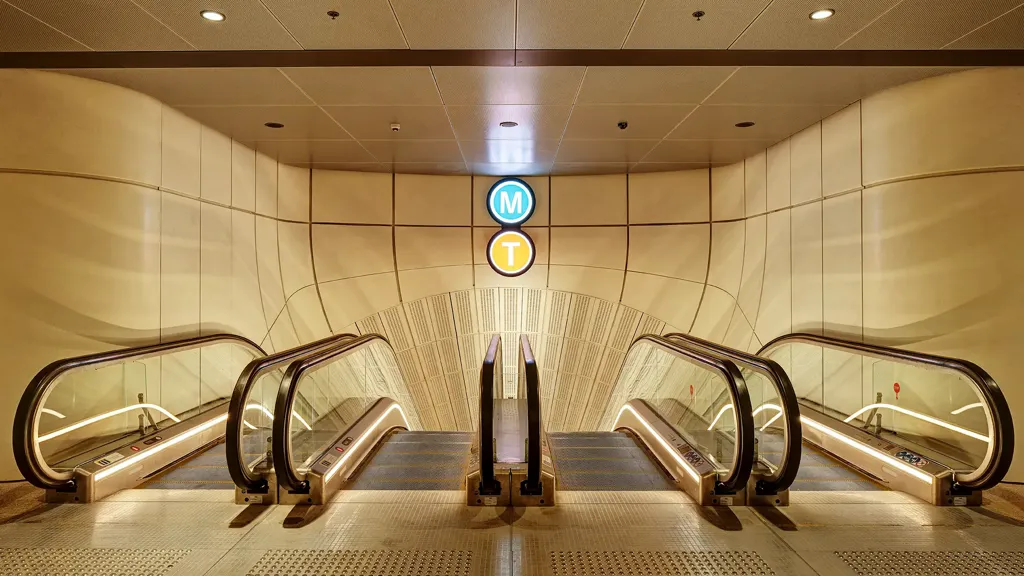Lighting design and analysis
Existing schools in Malawi struggle to provide good natural lighting. To avoid solar glare, they have small windows. But this restricts the amount of daylight that can get into the building — something that’s crucial in areas where electricity is not always available.
There are no design standards or benchmarks for the environmental performance of school buildings in Malawi. So Arup used local thermal and solar data to set what we thought was the right performance standard for the school. We then designed a simple ridge ventilation element to provide both daylight and ventilation.
As well as detailed thermal modelling, the combined skylight and ventilator required a degree of lighting analysis that is normally applied to museums and galleries.
Shading for the school comes from vertical baffles in the skylight and simple timber shutters on the windows. As a result of all these measures, the buildings enjoy double the natural daylight levels of the standard school design. But they keep internal temperatures comfortable and minimise glare.
Daylight levels in the new school are useful and comfortable for longer each day. This means there’s enough light for it to serve as a community building when classes are not in session — making the building even more valuable for local people.







